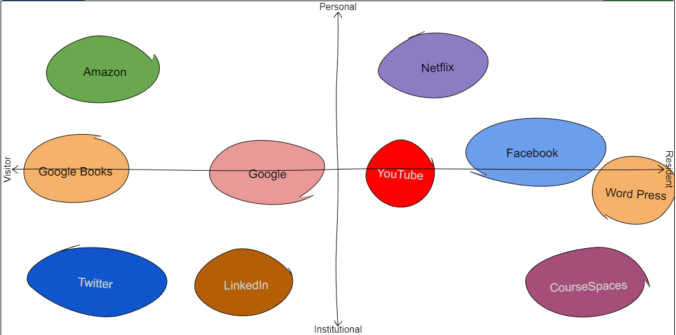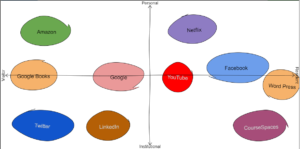When I started working on my Personal Learning Network (PLN), it was clear to me that I need to establish my objectives as to why I created my PLN. In the first few weeks of the class, I learned that one of the objectives of my PLN is to help me become a good economist in the future. For this reason, I joined forums created for aspiring economists. In addition to this, I also followed the Twitter accounts of known economists and I also discovered other professional economists because of them. Moreover, as the course progresses, I also learned that I should expand my horizon and use my PLN to develop new skills. I find this convincing because, I should not limit myself to my future profession alone. Also, I wanted to give myself an opportunity to try new things and learn new things especially that a lot of information are readily available online for free. Aside from economics, history is also one of my favorite subjects. Because of this, I also followed contemporary historians in Twitter and join forums created by history enthusiasts. After joining the forum created by history enthusiasts, the members of the forum recommended other forums that they think I might like. This helped me further expand my horizon and I really find this learning journey meaningful.
Towards the end of the course, I thought that I already learned everything that I needed to learn about PLN. However, I was surprised when our professor asked us to ponder on who needs to know about our PLNs for this blog. Looking back, I thought I am contributing to the learning of others wheneve I join conversations and discussions in Twitter threads and forum discussions. Nevertheless, I learned that I must also promote my PLN to others to guide them in their learning journey. Just as Erik Qualman (2012) said, digital leaders like me should inspire awareness and engagement. To do this, Qualman (2012) recommended that digitial leaders need to provide sufficient information so as not to cause confusion. Additionally, digital leaders should also make people conscious of the situation and guide others to understand it. This is because, it is only when people understand the situation that they become fully engaged to identify their strengths and weaknesses. Qualman’s words made me realize that my PLN, in addition to helping me become a good economist and expand my horizon, should also empower others.
EDCI 338 is one of the subjects I enjoyed this semester because it granted me freedom to rule over my own learning and help others in their learning as well. All my life, I thought that the idea of education is just about teachers teaching the students inside the classroom. This subject helped me understand that students can be responsible for their own learning when given the chance to. Lastly, another thing I learned from this class is that social media can also be an effective tool in building one’s professional career.
References
Qualman, E. (2012). Empower others. In Digital leader: 5 simple keys to success and influence. Retrieved from https://learning-oreilly-com.ezproxy.library.uvic.ca/library/view/digital-leader-5/9780071792424/ch16.html


Recent Comments